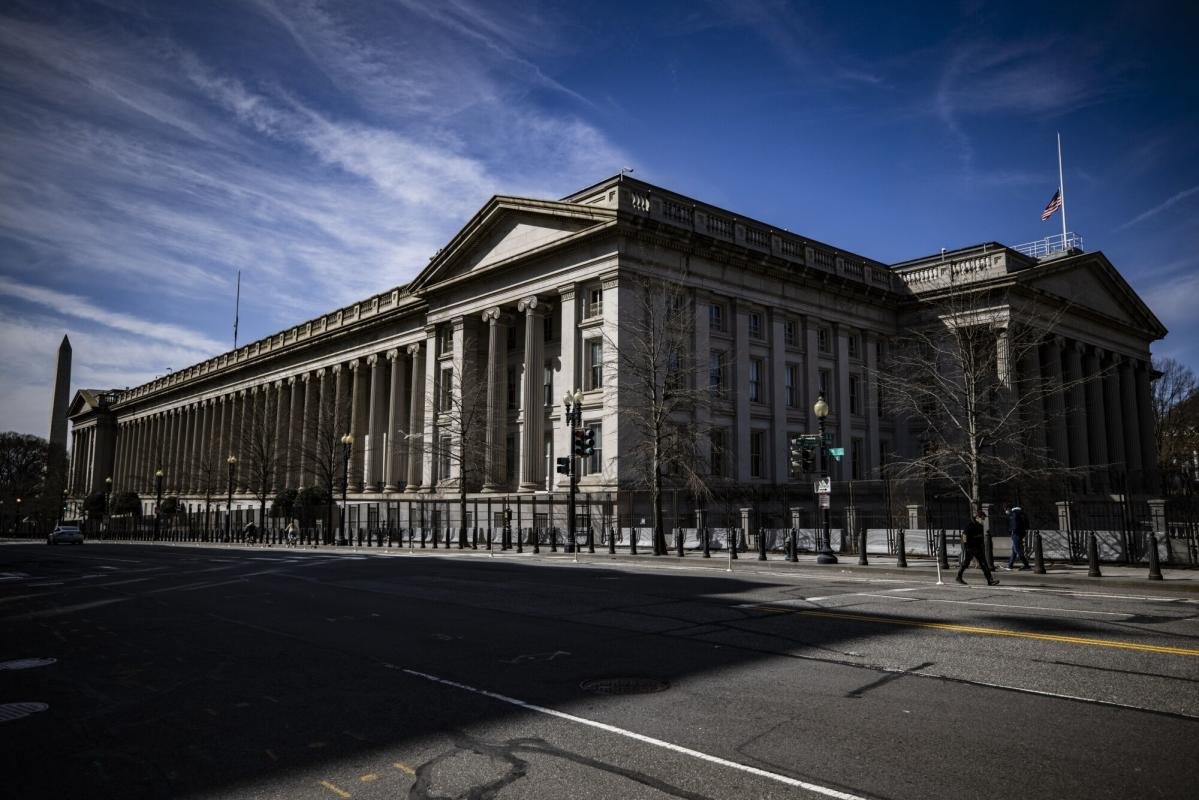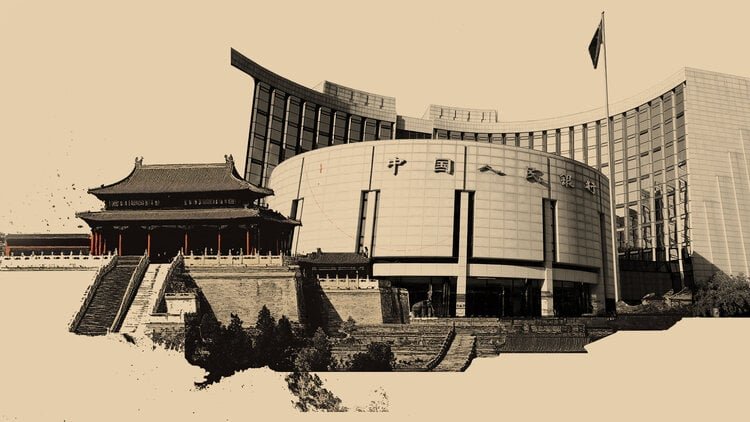In a time where there is no shortage of bad news, it is refreshing to read Minouche Shafik’s op-ed “How to live in a G minus one world” (Opinion, July 26).
Her analysis provides a relatively optimistic picture of a world moving in the right direction, slowly adjusting to a new order with the US no longer at the centre. This is happening at a time when China is promoting the internationalisation of its currency, with its central bank governor, Pan Gongsheng, declaring recently that he envisions a new multi-polar international monetary system.
Thus, it should not come as a surprise that the proportion of overseas loans by Chinese banks that are dollar-denominated has dropped sharply from 65 per cent in 2017 to 50 per cent in 2024. Indeed between the first quarter of 2022 and the second quarter of 2024, dollar-denominated Chinese loans to emerging Asian economies declined by 16 per cent.
China is also vigorously courting countries in the global south. As Shafik writes, Beijing has already provided swap lines to over 40 countries. These swap lines could be considered a lifeline for these indebted countries. Nations prefer them over IMF loans because they come with less stringent conditions. This innovative approach explains in part why, despite the gloomy outlook for the global economy, fewer nations are declaring bankruptcy compared with in the past. The traditional IMF attitude was to judge countries facing a severe liquidity crunch to be on the brink of default due to their inability to meet their immediate debt obligations. Beijing, on the other hand, with a longer time horizon, takes a more relaxed attitude in assessing risk. It does not consider liquidity shortage as a bona fide mark of real crisis in cases where the indebted nation has the potential to improve its financial position, say, via an increase in future exports.
In short, in a time when most rich nations are cutting their exposure to risks associated with engaging with developing nations, China has no qualms about extending credit to them. As of September 2024, 23 per cent of Chinese overseas lending went to emerging markets.
Khairy Tourk
(Retired) Professor of Economics, Illinois Institute of Technology, Chicago, IL, US







